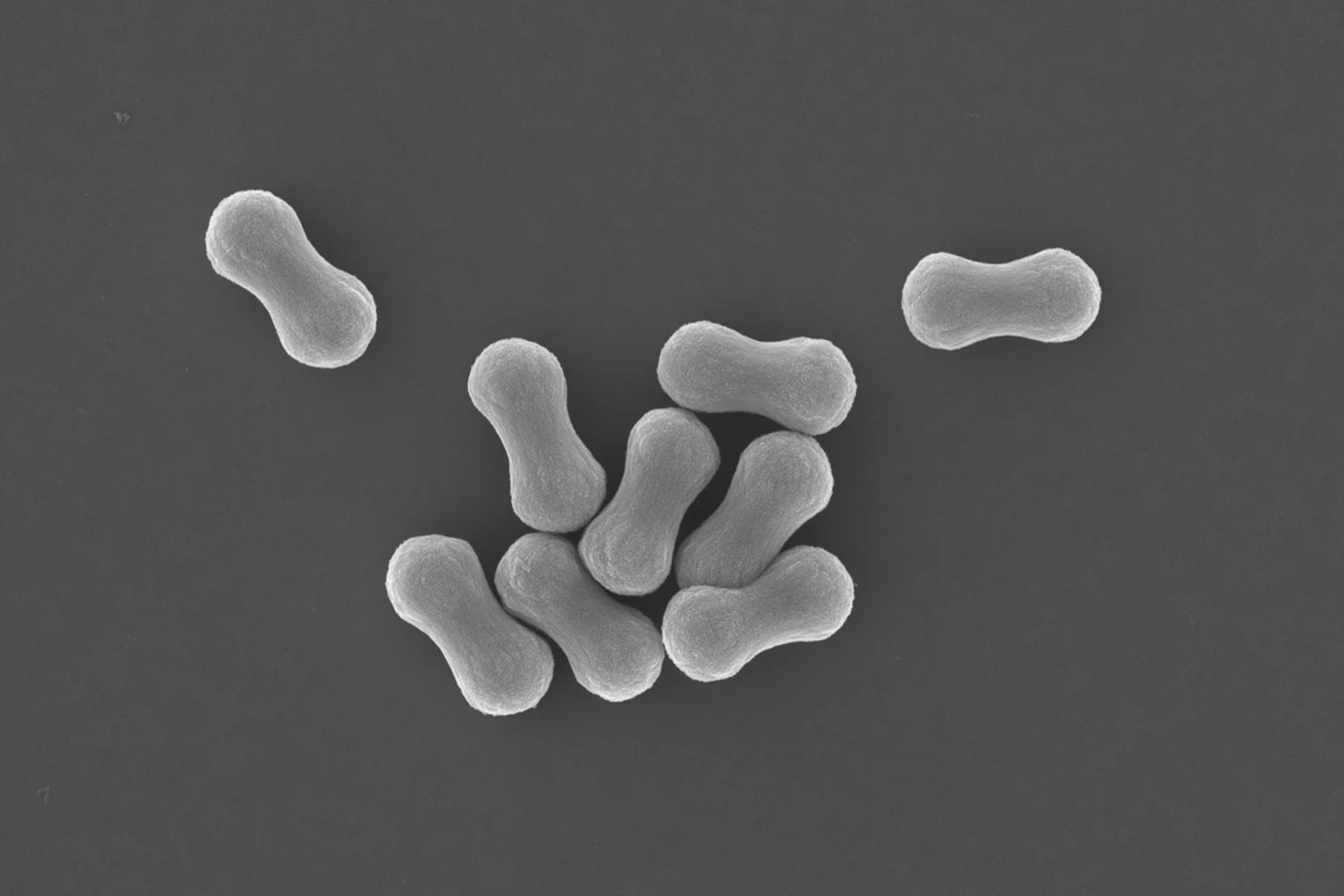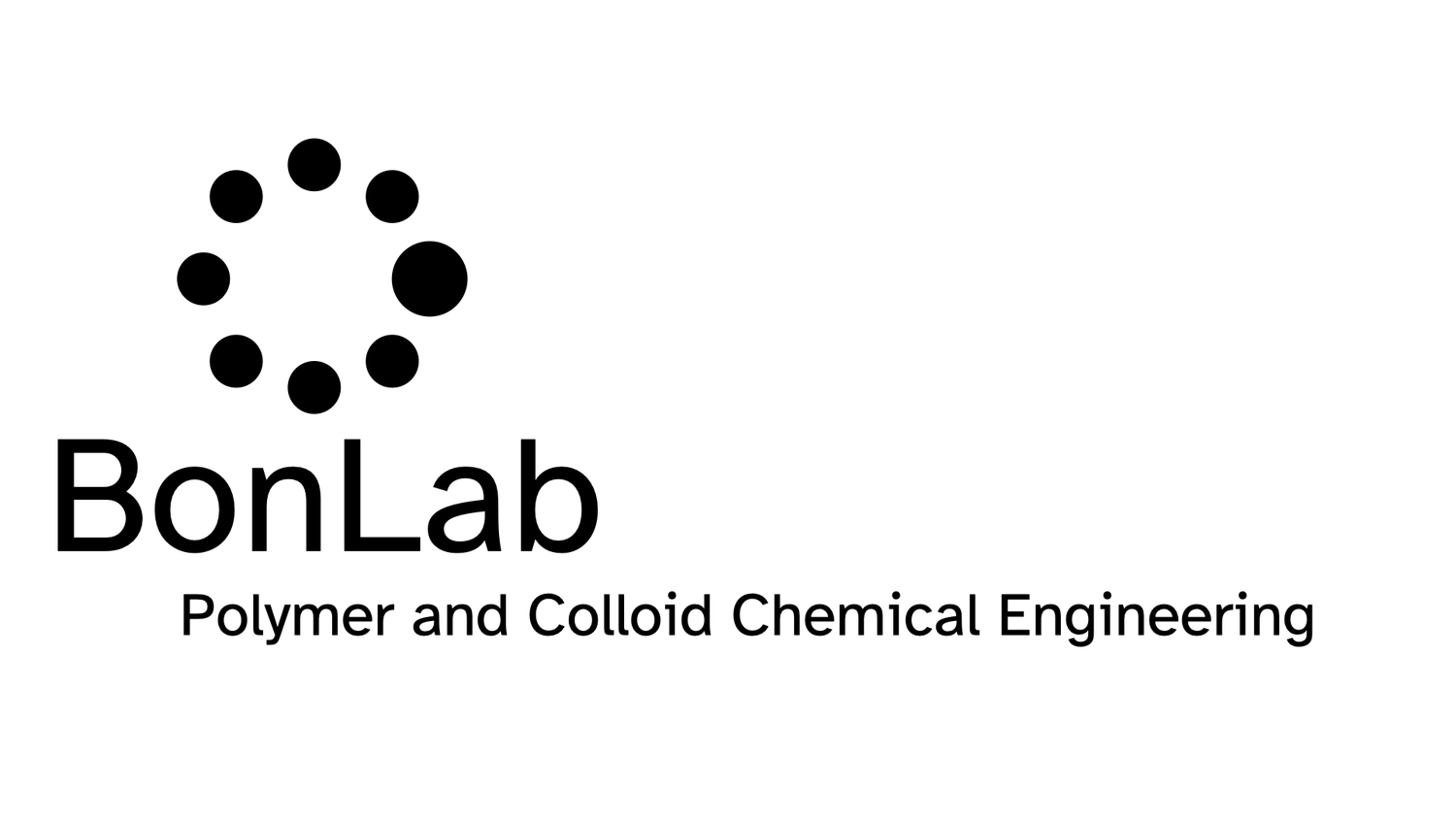
BONLAB BLOG
Thoughts
&
Scientific Fiction
Control of vesicle membrane permeability with catalytic particles
The ability to control membrane permeability in vesicles allows for regulated transport of matter across the vesicular wall. Vesicles can be seen as microscopic sacs containing a compartmentalized volume of liquid dispersed in a bulk liquid environment. Compartmentalization of small and finite volumes of liquid and consecutive the emergence of membrane bioenergetics are identified as being of key importance in the evolution of cells, and hence the origin of life. Nature has devised sophisticated strategies to accomplish control of transmembrane transport, including endo- and exocytosis as well as the incorporation of transmembrane proteins into cell membranes. A variety of synthetic approaches have been explored by scientists in order to accomplish such control in manmade systems. Examples include hybrid systems whereby transmembrane proteins were incorporated as part of synthetic vesicles, and the use of responsive macromolecular building blocks to regulate membrane porosity upon an external trigger in polymer vesicles, also referred to as polymersomes.
The ability to control membrane permeability in vesicles allows for regulated transport of matter across the vesicular wall. Vesicles can be seen as microscopic sacs containing a compartmentalized volume of liquid dispersed in a bulk liquid environment. Compartmentalization of small and finite volumes of liquid and consecutive the emergence of membrane bioenergetics are identified as being of key importance in the evolution of cells, and hence the origin of life. Nature has devised sophisticated strategies to accomplish control of transmembrane transport, including endo- and exocytosis as well as the incorporation of transmembrane proteins into cell membranes. A variety of synthetic approaches have been explored by scientists in order to accomplish such control in manmade systems. Examples include hybrid systems whereby transmembrane proteins were incorporated as part of synthetic vesicles, and the use of responsive macromolecular building blocks to regulate membrane porosity upon an external trigger in polymer vesicles, also referred to as polymersomes.
Dark field microscopy image of polymer vesicles which contain manganese oxide colloidal particles in their membranes, pre-loaded with barium ions and dispersed in water (containing sulfate anions) after their exposure to a low external concentration of hydrogen peroxide. The white haze surrounding the vesicles and the white tails are the result of the precipitation of barium sulfate crystals upon release of the barium cations from the vesicles. Scale bar: 100 μm
In our recent paper published in Materials Horizons we show for the first time that the permeability of the membrane of polymer vesicles can be controlled by membrane-embedded catalytically active manganese oxide particles. The ability to chemically trigger activity of the catalytic particle, hereby inducing a temporary increase of membrane permeability, offers precise time-specific control of transmembrane transport. It is our belief that this concept can be applied to a wide variety of membrane-based systems. At the end of the paper we open a disccusion for the origins of life and protocell communities that a hybrid vesicular structure, which has “active” colloidal particles as part of its membrane, may have regulated permeability in primitive cells.
to read the paper: http://dx.doi.org/10.1039/C5MH00093A


